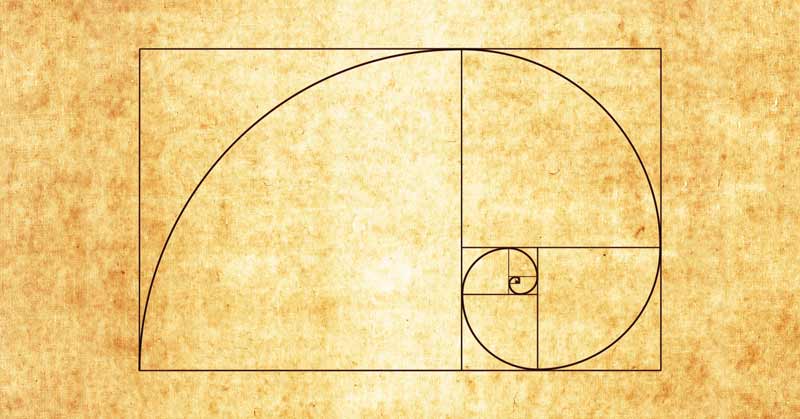
Botanists even use it to predict how many petals will grow on a flower! In nature, we can use the Fibonacci Sequence to predict how many honey bees live in a hive. This helps us know what to expect to happen in the economy. People who work in trade use it to predict changes in the stock market. Sometimes, we use the Fibonacci Sequence to make predictions. It may be ancient, but this special pattern is still useful. You’re probably wondering why the Fibonacci Sequence still matters today. However, Indian mathematicians knew about the pattern centuries before Fibonacci wrote about it in his book. "Liber Abaci" is where modern mathematicians found the Fibonacci Sequence. When he came back to Italy, Fibonacci wrote a book titled "Liber Abaci." This book was about all the math Fibonacci learned on his travels. He was very interested in how people did math in India and the Middle East. During his travels, Fibonacci learned about how other countries practiced math. His name was Leonardo Fibonacci, and he traveled the world in the early thirteenth century.

The name “Fibonacci Sequence” came from an Italian mathematician. and so on! The Fibonacci Sequence never ends.

What’s the trick to the Fibonacci Sequence? To find the next number in the sequence, just add the two previous numbers together. If you think the next number is 89, you’re right! You just solved a pattern called the Fibonacci Sequence. Ready? Here we go:ĭo you see the pattern? What will the next number be? Let’s start today’s Wonder of the Day with a game.


 0 kommentar(er)
0 kommentar(er)
